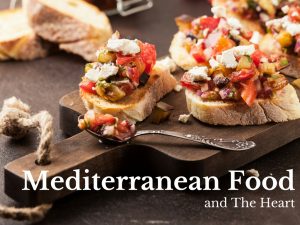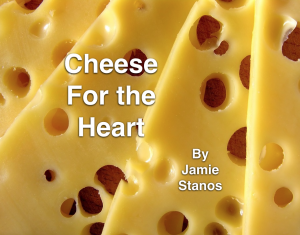While you’re on dialysis, it’s important to be cognizant of what you’re eating. While on dialysis, it’s important to monitor your intake of sodium, potassium, protein, phosphorus, and the amount of fluids in the foods you consume. The best option would be to meet with a kidney dietician, however here’s a helpful guide to get you started today.
Low-Sodium
While on dialysis, keep your sodium intake to less than 2,000 mm per day. Many of the foods we eat today have sodium added as a preservative. Be sure to read labels and avoid canned foods that are high in sodium. Shop for snacks that are low-sodium or don’t have salt added. It’s good to keep in mind that if food has the label “low-sodium,” it could mean a lot of potassium has been added to substitute the salt.
Low-Potassium
Whole grain foods, bananas, tomatoes, potatoes, orange juice, and cereals can all contain high amounts of potassium. Good substitutions for these foods are choosing white bread instead of whole grain, rice over pasta, and fruits and vegetables such as broccoli, cucumbers, carrots, and applesauce.
Lean-Protein
Sources of protein, such as meat, is a key ingredient in your dialysis diet. Choose lean meats that don’t have a high content of salt or any added gravies. These meats can be beef, fish, chicken, and pork. You can also achieve your protein goals by eating foods like black beans, kidney beans, nut butter, and limited amounts of cheese.
Low-Phosphorus
Foods that are high in phosphorus are dairy products, meats, and whole grains. As mentioned above, meats can be an excellent source of protein for patients on dialysis, so be sure to eat whole grains and dairy products in moderation.
Plenty of Fluids
The amount of fluids you should drink will depend on the amount of urine your kidneys produce, so pay close attention to your doctor’s recommendation. Juices that are good for kidney dialysis patients are apple, grape, and cranberry juice. You can also drink tea, water, and clear sodas to keep yourself hydrated.








